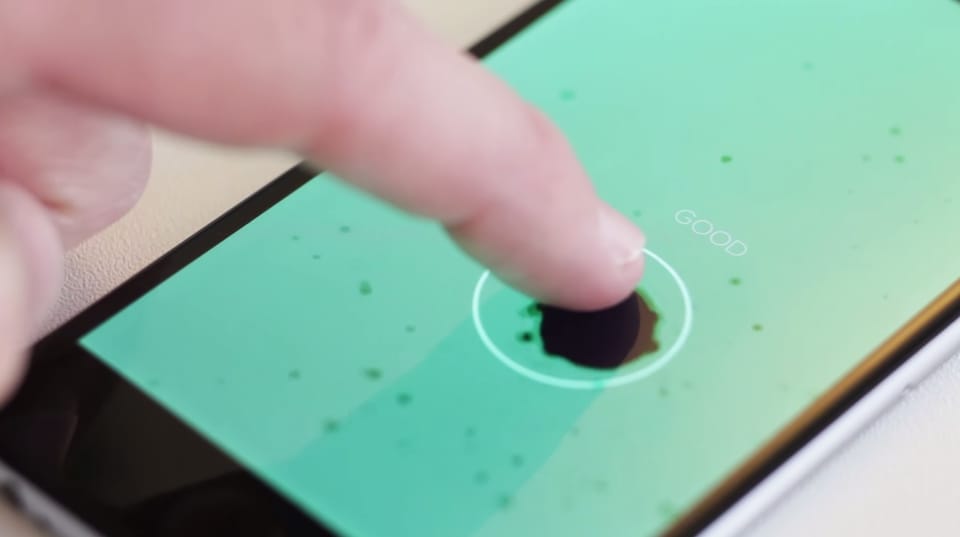Let the Monument Valley studio help you meditate with this new app

Would you trust ustwo to help you relax and let out all your stress? In a way, if you’ve played through Monument Valley, you already have. I can’t speak for you but I watched my mum play that game through in one session and she was visibly chilled the hell out. I heard her deep sighs of relief and saw her entire posture deflate in that armchair over the duration. I imagine the game had a similar effect upon me.
But PAUSE isn’t a game. It’s ustwo’s latest app and one that apparently combines Tai Chi techniques with proper science to help you meditate when you need it. The idea is to move your fingertip over a pulsating blob of color on the screen of your smartphone. You listen to the gentle ambient sounds (preferably with headphones) and as you trace shapes you should find your focus is drawn inwards, on the here and now.
make “stress relief super simple.”
The blob slowly expands the entire time you’re touching it. If you lose focus and don’t maintain contact the audiovisuals recede in order to lure you back in. Eventually, if you keep at it, that blob will fill the whole screen. At which point you close your eyes, focus on your breathing, and enjoy the soundscape until you’re suitably calm.
Doing all this triggers your body’s “rest and digest” response. Perhaps that sounds unfeasible. But ustwo claims that the relaxing effect that PAUSE has upon our mind and body has been tested with EEG—brain scanners, basically—and the results prove that it works. It’s a collaboration with mental wellness solution company PauseAble after all, who aren’t after superficial effects with products like PAUSE, but ones that are supported by science.
Part of the delight of PAUSE is hearing the story of how the idea of it came about. As you can watch in the video above, PauseAble’s founder Peng Cheng combined his interest in interactive technology and having to personally overcome depression to make “stress relief super simple.” He says he wants other people to find their own inner power to overcome stress by using PAUSE and hopes that it demonstrates “the potential for a new dimension of relationships between technology, design, and human well-being.”



